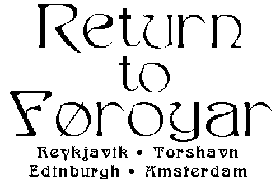
Return To Føroyar
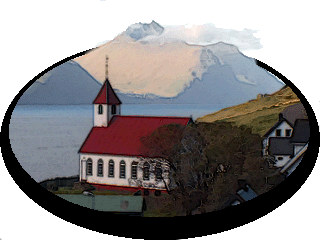

7 October 2016
The North Atlantic Arc Home
| Octoberrrrrrrrrrrrrrrrrrrrrrr |
| S | M | T | W | T | F | S |
| 1 | ||||||
| 2 | 3 | 4 | 5 | 6 | 7 | 8 |
| 9 | 10 | 11 | 12 | 13 | 14 | 15 |
| 16 | 17 | 18 | 19 | 20 | 21 | 22 |
| 23 | 24 | 25 | 26 | 27 |
 |
|
Friday 7 October 2016--Today is the day I was going to take the helicopter
to Mykines, but I seem to have given up on the idea sometime in the past couple
of days. This isn't the first time in my travels I've let something like this slide by--
in fact, it happens rather too often, through laziness or timidity or both. It's too
bad, as Føroyar is enjoying its third straight sunny day, a run of fair weather I
imagine doesn't happen very often. But that's the way I roll, I guess, and I'm
more or less at peace with it. If someone else had come along, I'd surely be more
on top of things. As it is, I can tell myself that I can plan an overnight there
another time (if there is one), and that there is plenty else for me to do today.
One of those things is looking for local music at the shop run by TUTL, a co- operative record label and institution for musical conservation and promotion. Like most shops in town, this one keeps fairly short hours; if I'd gone out for the day, I'd never have gotten to it. Pop in shortly after opening at 10:00, have a chat about the local scene with the clerk, and pick up a handful of CDs. I'm on the road before noon. Drive north along Sundini, the strait that separates Streymoy from Eysturoy, passing through Hósvík and Haldórsvík. At the northern end of the island, the road curls around a headland and descends to Tjørnuvík. There are views across to the village of Eiði, and the sea stacks Risin og Kellingin (the Giant and the Hag), at the foot of the cliffs at the northern end of Eysturoy. These 70-meter pillars are said to be the petrified remains of a couple who were trying to tow Føroyar back to Iceland, and were caught out after sunrise. This is a pretty common folkloric explanation for sea stacks and standing stones around the North Atlantic. Tjørnuvík (pop 70) is a pretty village, lying at the foot of a steep bowl, at the head of its bay. I stood on the beach at low tide on a gray day in 2001, and remember it being of gold-flecked black sand; today, above the high tide line, it seems a more typically dull, dark gray. There's a trail going up over the mountain to Saksun, which might be an interesting walk sometime. Today I only want to ascend a short way up to get a view over the village. Once again I find myself doffing jacket and fleece, enjoying the sun in my t-shirt. Instead of walking to Saksun, I drive, a longer way around but much quicker. It's a tiny village, with a population of 30 or so, and a dramatic setting. The lagoon at the bottom of the gorge was once a fine harbor, now blocked by a large sandbar. The sod-roofed church originally sat in Tjørnuvík; in 1858, it was disassembled, carried over the mountain, and reassembled here. (Likely this is how the church in Sandvík was moved, too.) When I was here in 2001, the wind was whipping up the gorge so strongly that the waterfalls on the mountain were being blown back up over the clifftops. I'd like to explore more, walk down to the lagoon and out to the beach, but it'll have to wait for a return. I leave Saksun to the tour bus full of visitors from the Smyril Line ferry. I pass by the road back to Tórshavn and drive along the strait between Streymoy and Vágar to Vestmanna, the second-largest town in the Faroes I haven't at least driven through. (Fuglafjørður will have to wait for another visit.) At least, I don't remember driving through--Wikipedia says it was the terminal for the ferry from Vágar before the tunnel was built, so I guess I must have had a glimpse, at least, in 2001. It's an attractive place, on a marvelous harbor. Would it be worth a stay? I see a pub down on the waterfront, but it's closed--off-hours or permanently, I can't determine. My brief conversation with the geezerly gents drinking coffee in the room below is not particularly enlightening. It's not until I'm driving out of town that I realize that the space they occupy is the Underhouse-- it figures in The Blood Strand, the protagonist stopping in to get the skinny on local goings-on, although Ould moved it to Tórshavn. It might have been worth hanging out for a blether...but I'm already away. I take Oyggjarvegur, the old mountain road, back to Tórshavn. "Old" is relative-- the tunnel was built in 1992, the mountain road only in 1980. It's mind-boggling to realize that easy road transportation is so recent here--before that date, presumably, the capital and largest city in Føroyar was accessible only by boat from the rest of the archipelago. I can't even figure how people got to the airport. As I travel around the North Atlantic, I find it difficult to grasp just how much infrastructure has changed within my lifetime, in the Faroes, in Iceland, even in Scotland and other parts of Europe; and just how profound an effect such physical changes have had on the way people live. These are things we take for granted in the 21st century, even as the internet age revolutionizes our lives all over again. How peculiar it is to take note of these things in a land where most people make their living hauling fish from the sea, or raising sheep for wool, as they have for centuries. There is, and always will be, a balance between tradition and innovation; it's foolishness to value the one over the other. About six kilometers along the 20km road, a spur winds up the side of Sornfelli, a peak of 749 meters. Three kilometers along, there is a parking lot. The road beyond leads another 600 meters to a weather station and a NATO radar installation, but a sign just beyond the parking lot reads No Trespassing. I'd be tempted to continue on up on foot, but the cloud ceiling begins here, anyway, so there won't be any view. It was just the same in 2001, oddly enough. Just above Tórshavn, another side road leads to the town's main reservoir. There are nice views over the harbor and the island of Nólsoy, which shelters it. Settle on a pizza for dinner, at a cheap takeaway on Niels Finsens gøta. In fact, the name of the place is Take Away (despite which I eat in). There seems to be a distinct gap between places like this and the several really upscale restaurants around, which makes dining a bit difficult for me. Pints at Café Natúr. Next |
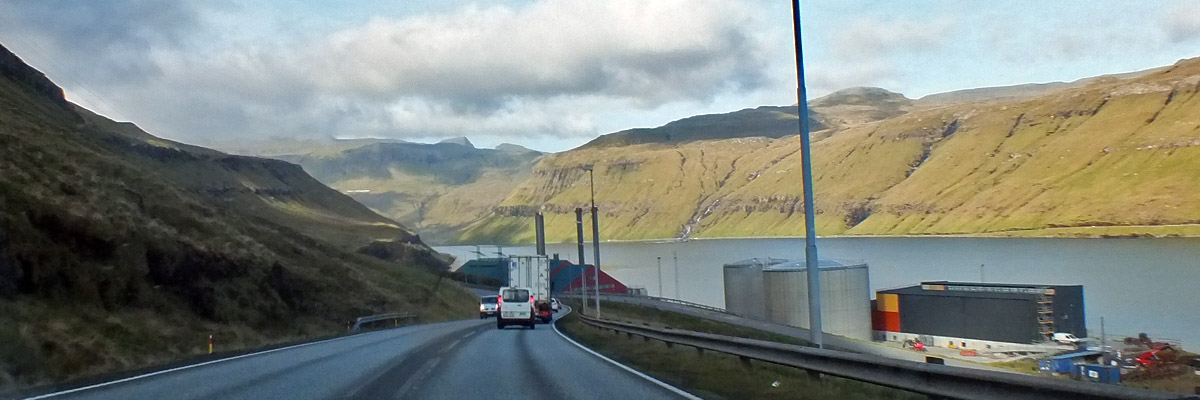 |
Northbound
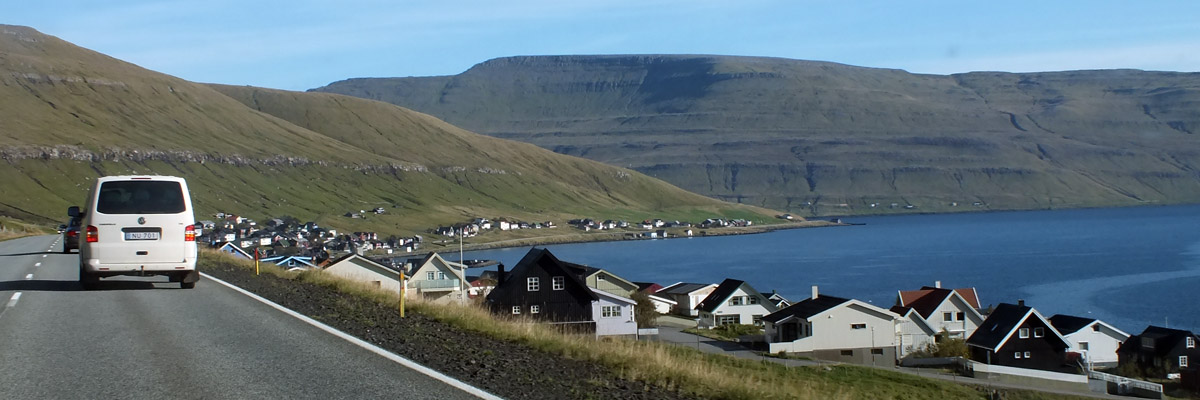 |
Kollafjørður
 |
Hósvík
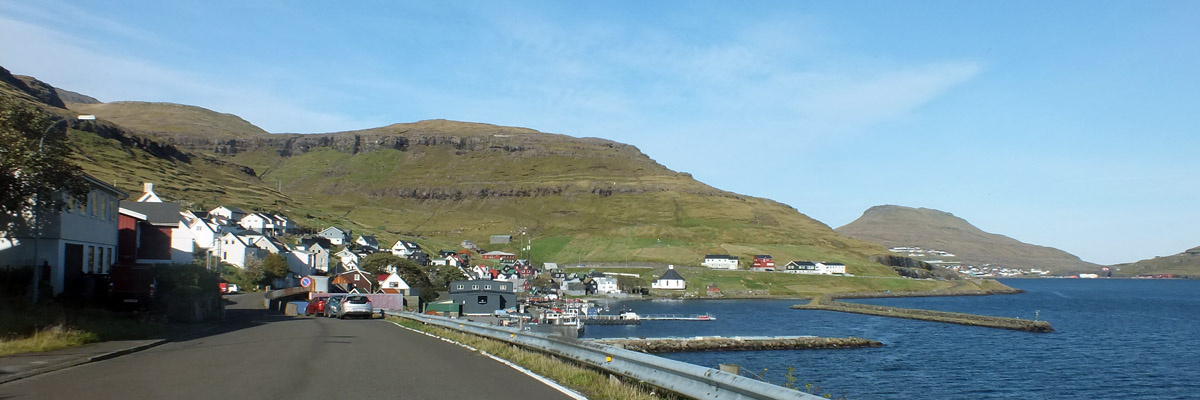 |
Haldórsvik
 |
Haldórsvik
 |
Eiði
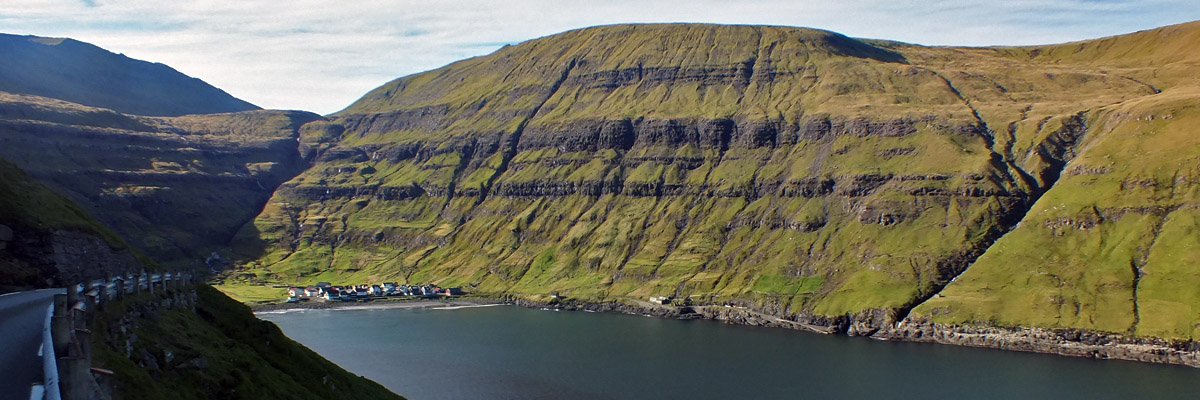 |
Tjørnuvík
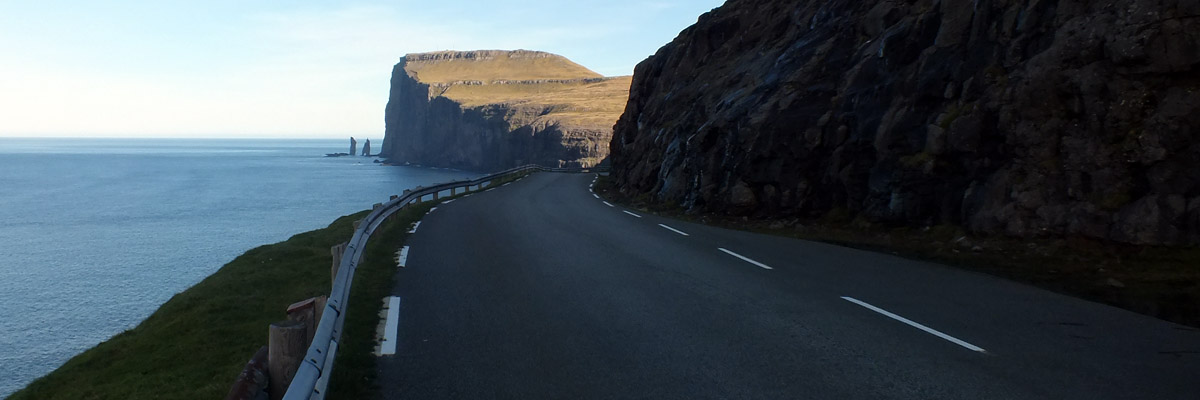 |
North End Of Eysturoy
 |
Tjørnuvík
 |
Tjørnuvík
 |
Tjørnuvík (2001)
 |
Tjørnuvík
 |
Tjørnuvík
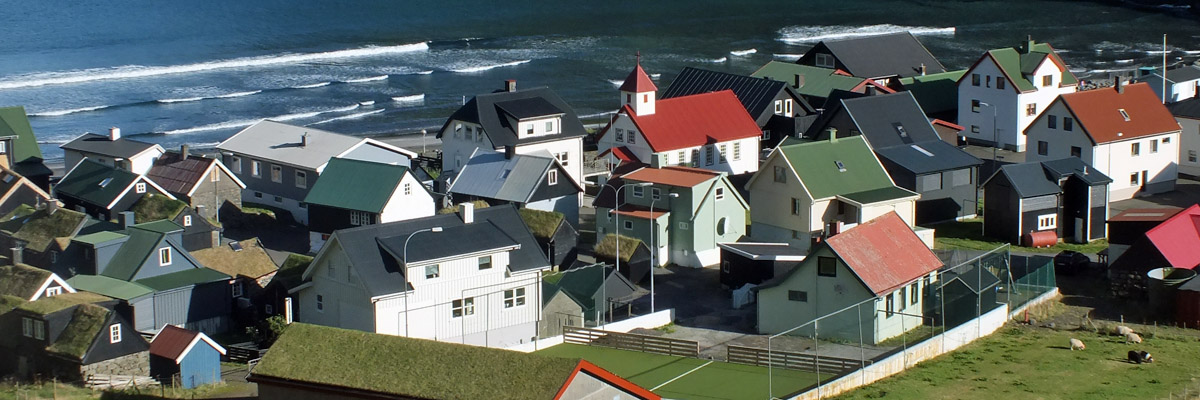 |
Tjørnuvík
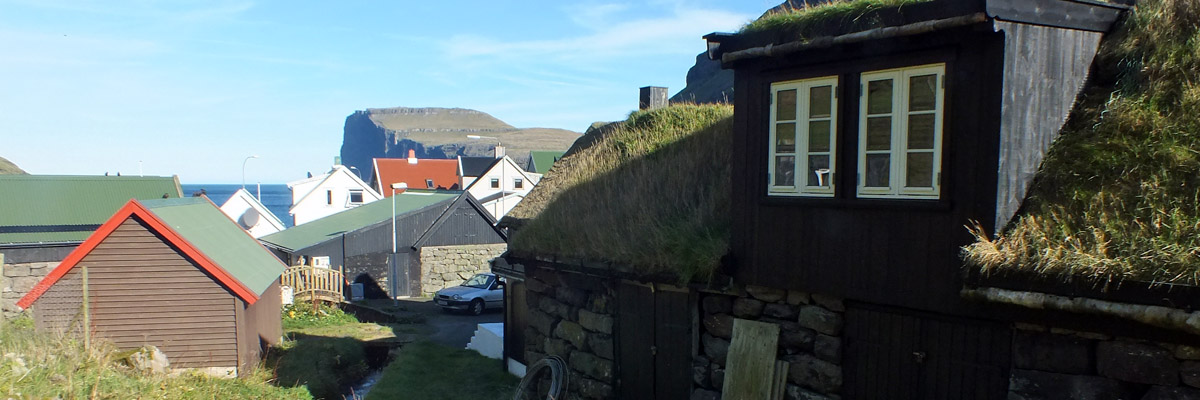 |
Tjørnuvík
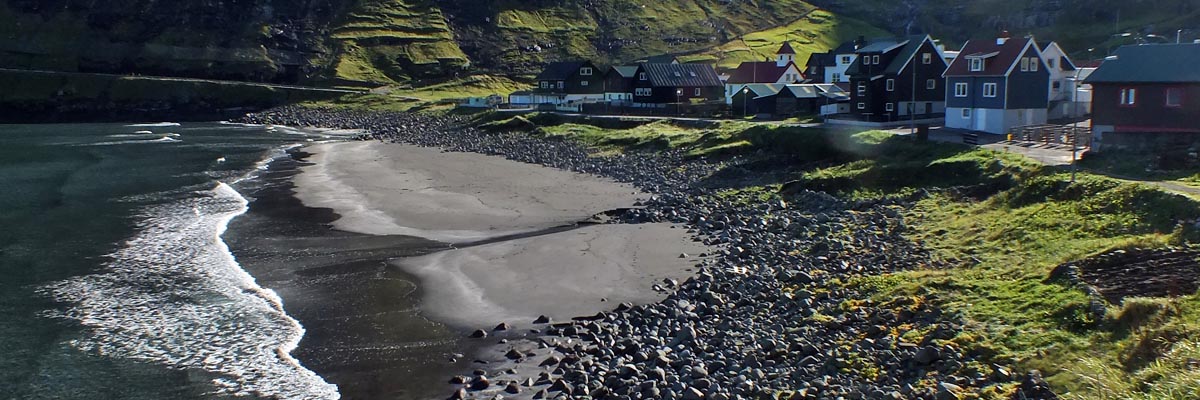 |
Tjørnuvík
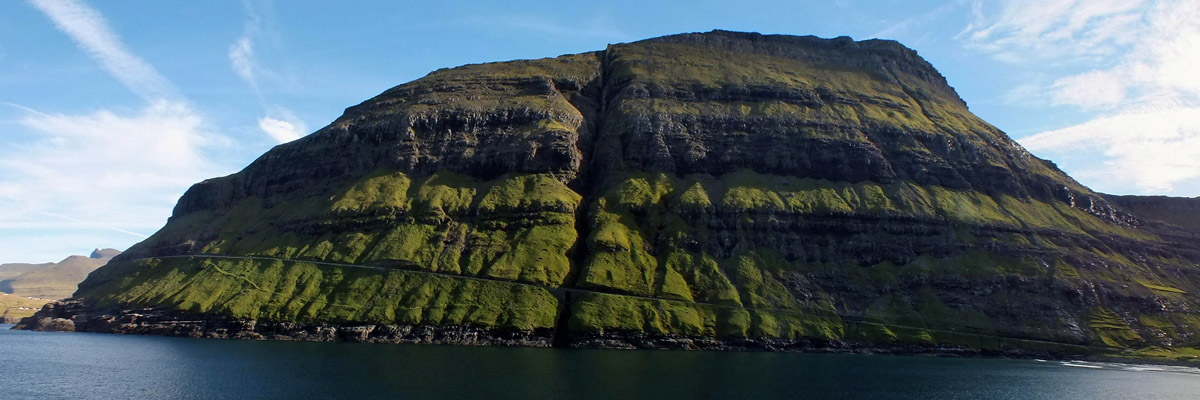 |
Road To Tjørnuvík
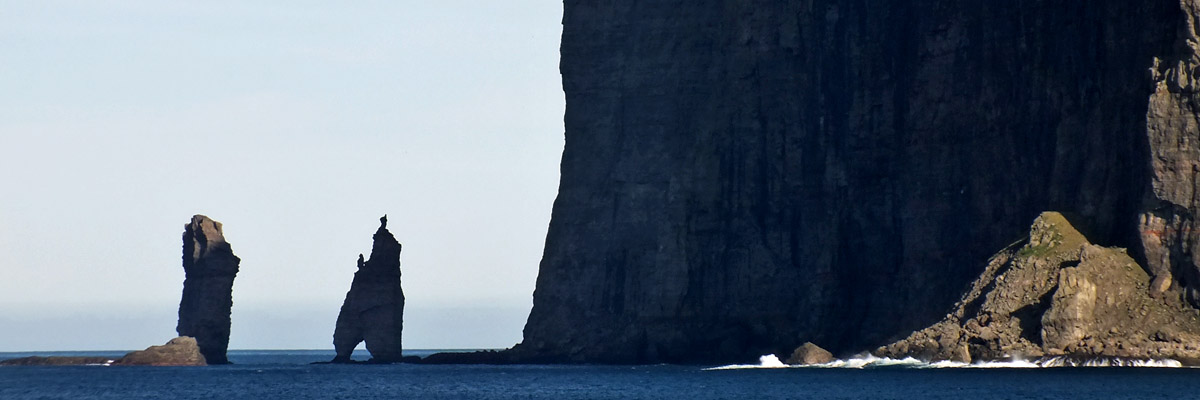 |
Risin og Kellingin
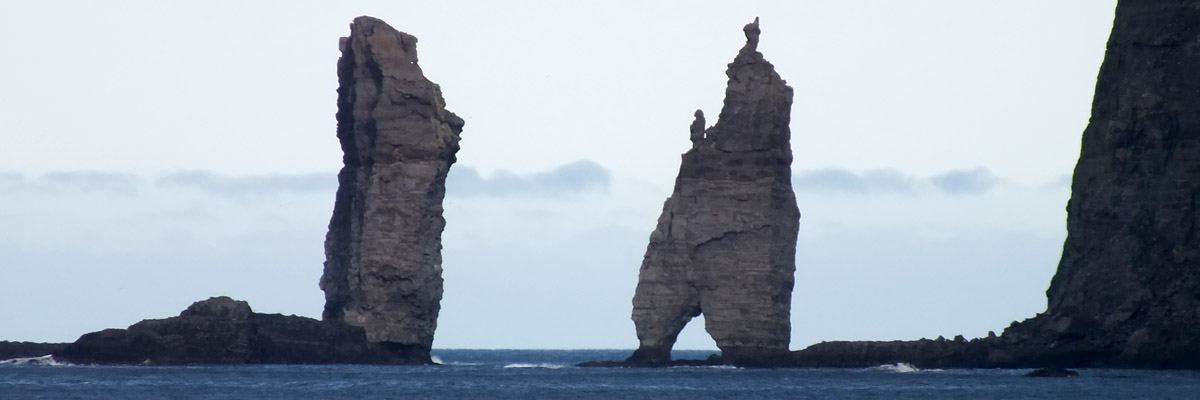 |
Risin og Kellingin
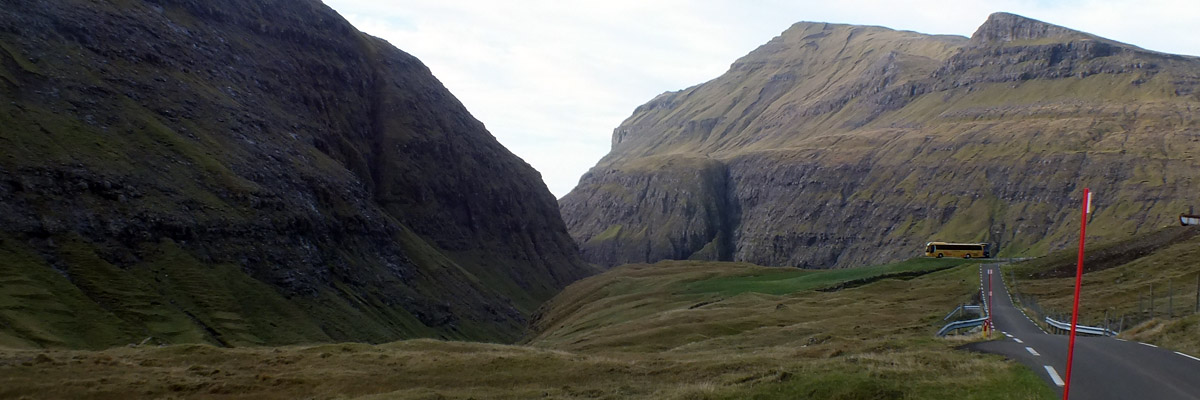 |
Saksun
 |
Saksun
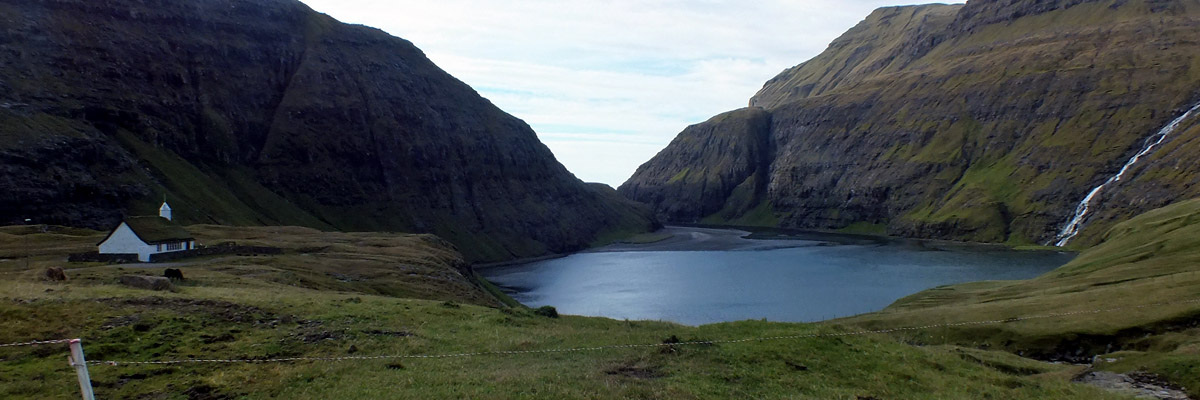 |
Saksun
 |
Saksun
 |
Saksun
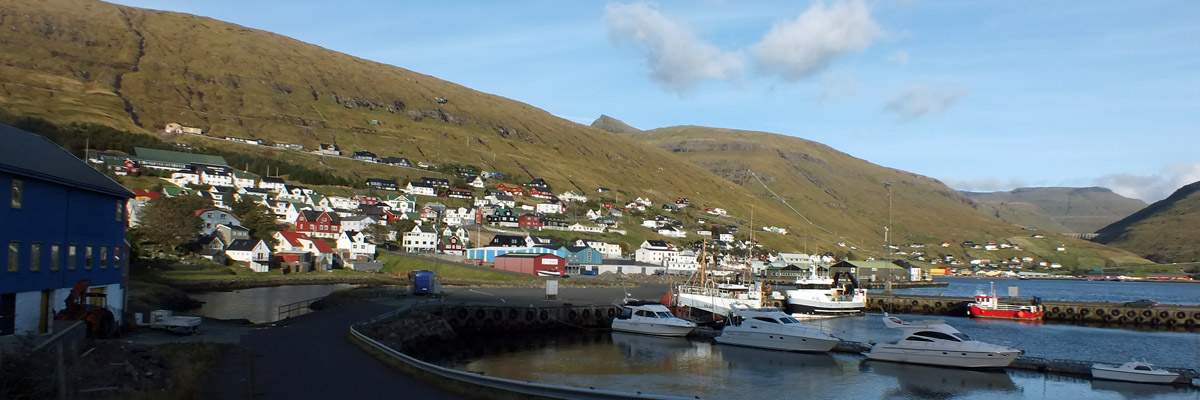 |
Vestmanna
 |
Vestmanna
 |
Vestmanna
 |
Southbound
 |
Streymoy
 |
Vágafjørður
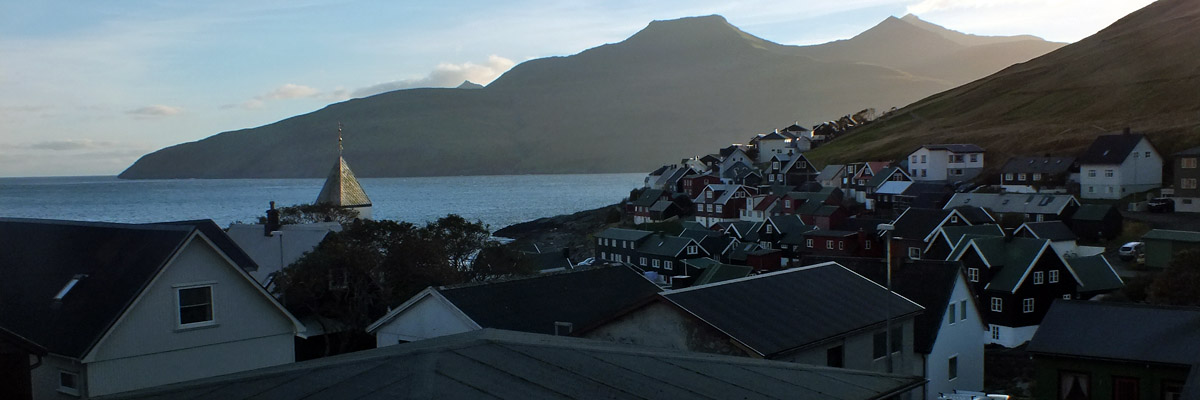 |
Kvívík
 |
Low Road From The High Road
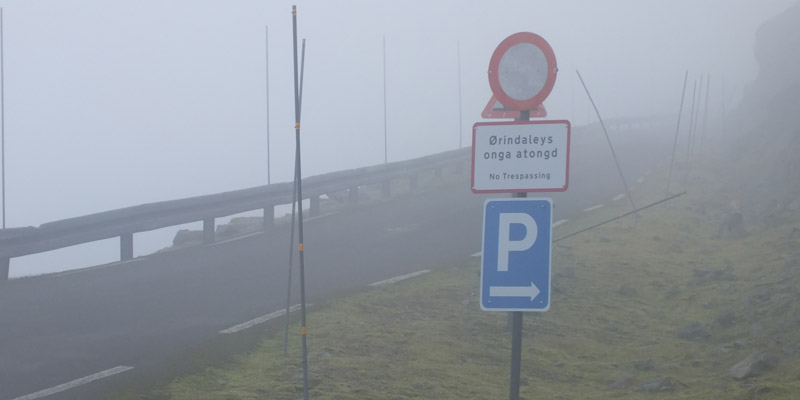 |
None Shall Pass
 |
In The Clouds
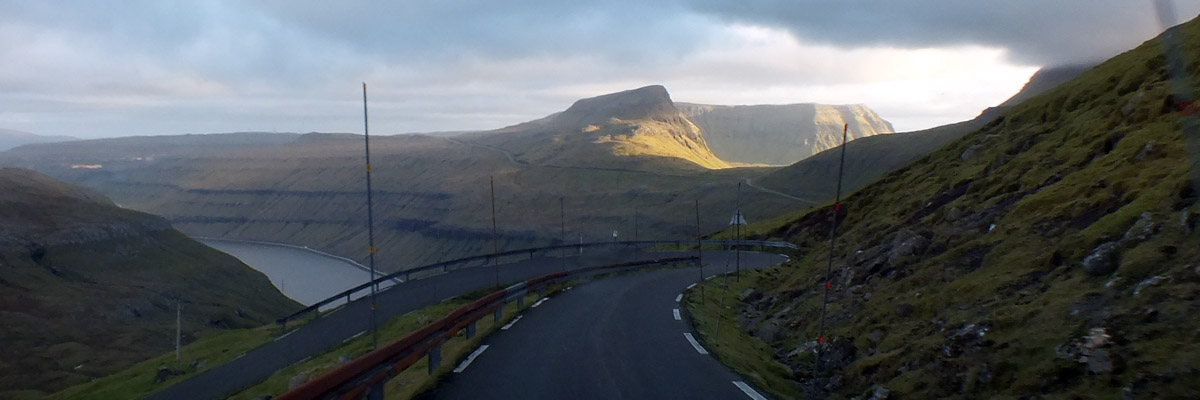 |
Descending
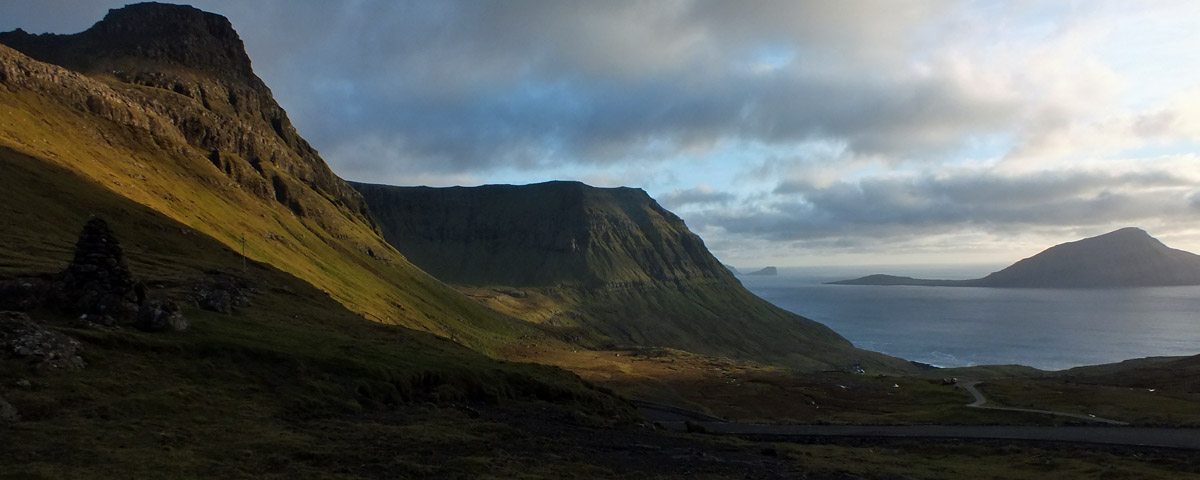 |
Descending Some More
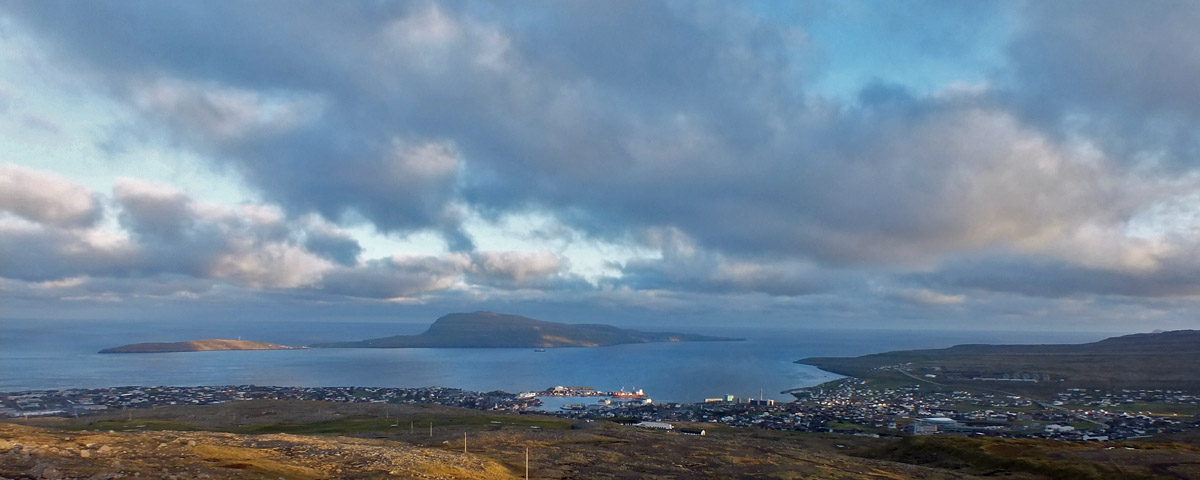 |
Tórshavn And Nólsoy
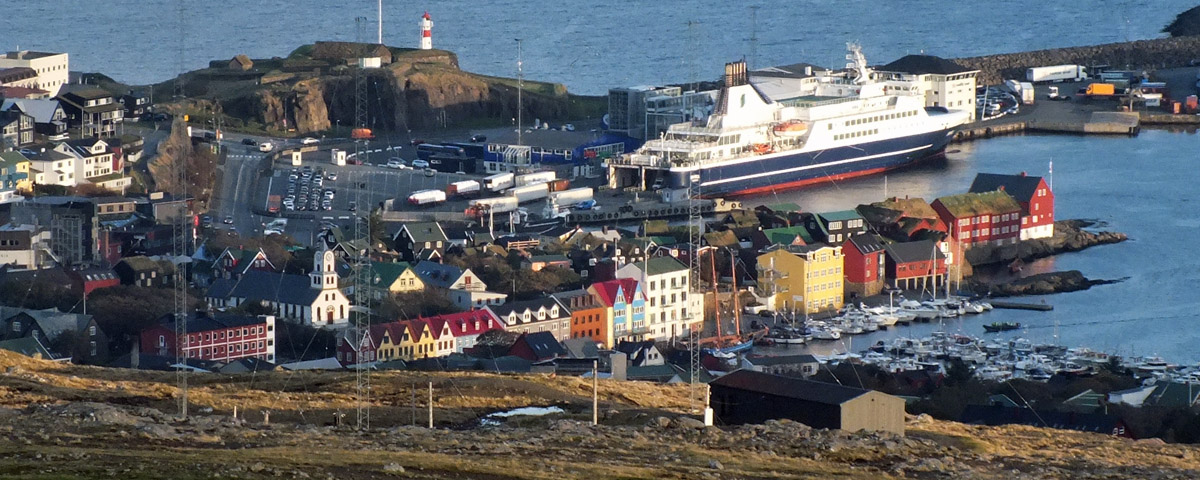 |
Tórshavn
Next
| Octoberrrrrrrrrrrrrrrrrrrrrrr |
| S | M | T | W | T | F | S |
| 1 | ||||||
| 2 | 3 | 4 | 5 | 6 | 7 | 8 |
| 9 | 10 | 11 | 12 | 13 | 14 | 15 |
| 16 | 17 | 18 | 19 | 20 | 21 | 22 |
| 23 | 24 | 25 | 26 | 27 |
The North Atlantic Arc Home

Mr Tattie Heid's Mileage
Results may vary